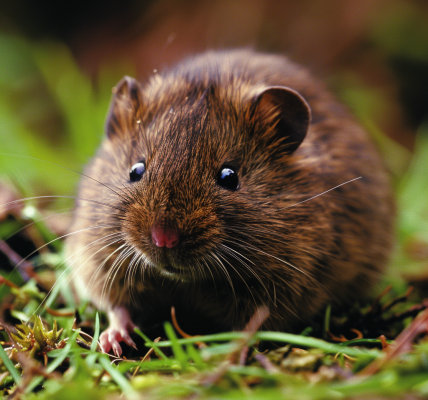Study Reveals Specific Salmonella Strains Responsible for Illnesses from Raw Chicken Consumption
Raw poultry has been identified as a significant source of Salmonella poisoning in the United States, impacting numerous individuals annually. A recent study conducted by the University of Illinois Urbana-Champaign has revealed that a small number of products containing highly virulent strains of Salmonella are responsible for the majority of illnesses stemming from raw chicken consumption.
Despite advancements in reducing Salmonella prevalence within the poultry industry over the past two decades, the incidence of illnesses caused by these pathogens remains consistent. In response to this concerning trend, the U.S. Department of Agriculture is contemplating regulatory changes to address Salmonella contamination based on strain levels and serotypes, a move supported by the research findings.
With over 2,600 distinct serotypes of Salmonella bacteria, variations exist in their ability to induce illness in humans. While Salmonella Kentucky is prevalent in U.S. chicken, it poses a lower risk of causing human sickness compared to three more potent strains associated with multiple salmonellosis outbreaks.
The study aimed to evaluate the public health implications of Salmonella contamination in chicken products, analyzing the impact of high- and low-virulence serotypes at varying concentrations. Utilizing a method known as Quantitative Microbial Risk Assessment, researchers utilized datasets from the USDA Food Safety and Inspection Service to assess the risk of illness associated with different serotypes and contamination levels.
Lead author Minho Kim, who conducted the study during his doctoral studies in the Department of Food Science and Human Nutrition, highlighted the importance of identifying and preventing high-risk Salmonella contamination in poultry products. The findings underscore the necessity of targeted regulatory measures to mitigate the prevalence of virulent strains and enhance food safety standards within the poultry industry.
As the research sheds light on the critical role of specific Salmonella strains in driving illnesses from raw chicken consumption, regulatory bodies and industry stakeholders are urged to prioritize detection and prevention strategies to safeguard public health and reduce the incidence of Salmonella-related illnesses.





